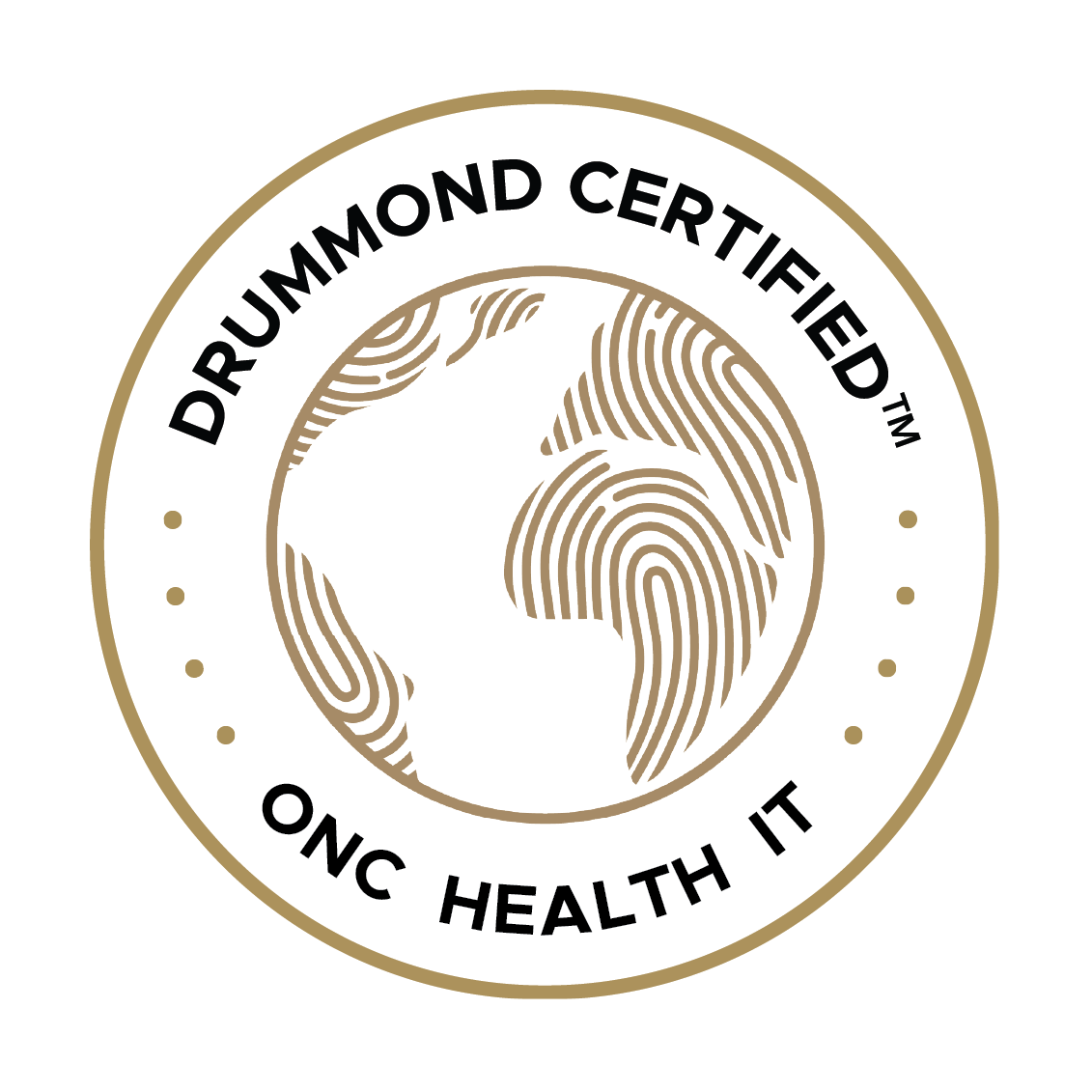Templates are pre-designed forms or protocols that can be customized to meet the specific needs of a clinic or provider. They can improve the speed and accuracy of patient care and billing, leading to better diagnoses, more effective treatment plans, and ultimately better patient health outcomes.
It’s no secret that healthcare continues to evolve. It can be difficult for ambulatory care clinics and their clinicians to keep up with patient data and billing practices, but it is still a necessary part of the job. Fortunately, templates within electronic health records (EHRs) provide a great solution.
This blog will discuss the benefits of utilizing templates in ambulatory care clinics and offer tips for maximizing their effectiveness.
The Use of EHRs in Ambulatory Clinics
EHRs are streamlining healthcare, including ambulatory clinic operations. They provide a safe, efficient, and effective way to store and share patient data, thus significantly improving healthcare delivery.
Templates enable faster access to information, improved accuracy of diagnoses, better communication between providers and patients, improved patient outcomes, and reduced costs. By leveraging the power of EHRs, ambulatory clinics can ensure that their patients receive the best care possible.
As the healthcare industry continues to shift towards electronic health records, ambulatory care clinics and their clinicians face the challenge of managing patient data and billing practices efficiently and effectively. Many clinics continue to use separate software systems, which results in extra work and time spent on computer systems. One solution to this challenge is the utilization of integrated and comprehensive EHRs. These typically include templates that significantly improve patient care, billing speed, and accuracy.
Templates are pre-designed EHR forms or protocols allowing clinicians to input data in a standardized format. These templates can be customized to meet the specific needs of a clinic or provider. They can be used for various purposes, from collecting patient history and physical exam data to creating billing codes for insurance claims.
Benefits of Using Templates in an Ambulatory Clinic
One of the biggest advantages of using templates is their significant time savings. Rather than manually entering patient data into an EHR, templates allow clinicians to quickly and accurately input information into a pre-designed form. This saves the clinician time and reduces the risk of errors and inconsistencies in patient data.
The design of a good EHR keeps clinician efficiency in mind. These templates can be quickly and easily customized to meet the specific needs of a particular practice or hospital. With dozens of templates, it is easy for clinicians to find the right one to fit their needs or customize one to suit their needs.
Templates can be a great asset to an ambulatory clinic, streamlining operations and allowing providers to spend more time with their patients. With templates, clinic staff can quickly pull up patient information, customize it to their needs, and record visits more accurately and efficiently. Furthermore, templates can help improve organizational consistency and accuracy across the clinic by ensuring all staff use the same standard forms.
Templates can also improve the quality of care provided to patients. Using standardized templates, clinicians can ensure that they collect all necessary patient data and complete thorough assessments. A better diagnosis can lead to a more effective treatment plan, leading to a better outcome for the patient.
In addition to improving patient care, templates can streamline ambulatory care clinics’ billing process. By using pre-designed billing templates, clinicians can ensure they accurately capture all necessary billing codes and submit claims promptly. This can lead to improved cash flow for clinics and reduced denied claims.
How to Maximize the Effectiveness of Templates in Ambulatory Care
While the benefits of utilizing templates are clear, ambulatory care clinics and their clinicians must implement them thoughtfully and strategically.
Here are some tips for maximizing the effectiveness of templates in an ambulatory care setting:
1. Customize templates to meet the specific needs of the clinic and its patients. Every clinic is unique, and templates should be designed to reflect that. Consider the types of patients seen at the clinic, the services provided, and any specific requirements of the clinic’s EHR system when designing templates.
2. Train clinicians on how to use templates effectively. While templates can significantly improve efficiency and accuracy, they are only effective if used correctly. Provide clinicians with comprehensive training on templates and offer ongoing support and resources as needed.
3. Regularly review and update templates to ensure they remain relevant and practical. As clinic and patient needs evolve, templates should be updated to reflect these changes. Regularly reviewing and updating templates can ensure that they continue to meet the needs of all parties.
4. Monitor the impact of templates on patient care and billing practices. Collect data on how templates are used and their implications for patient care and billing practices. Use this information to make adjustments and improvements as needed.
GEMMS One
Using templates within EHRs can be an excellent resource for ambulatory clinics and their healthcare professionals. It can help streamline their processes and create an environment of improved efficiency. By saving time, improving the quality of care, and facilitating the billing process, templates can help ambulatory care clinics better serve their patients and improve their bottom line.
Comprehensive EHRs are incredibly beneficial for meeting governmental regulations and payer requirements, but that’s not all. They also help to optimize operations and finances, making them an excellent choice for any clinic.
As you consider implementing templates in your cardiology clinic, remember to customize them to meet your specific needs, train clinicians on their use, regularly review and update them, and monitor their impact on patient care and billing practices. For more information on how GEMMS One can help streamline your clinic’s EHR and billing practices or to schedule a demo, contact us today.



